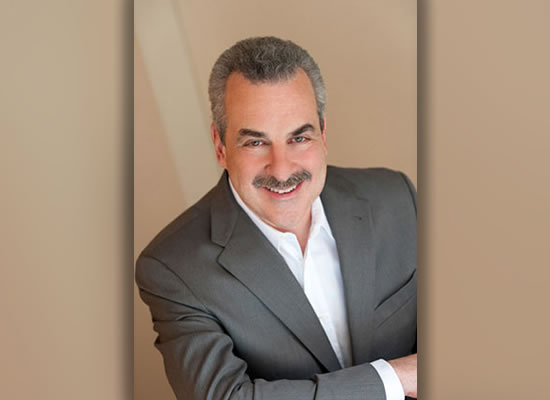GUEST EDITORIAL
Digging Deeply into the Increase in Reporting Incidences of Attempted Suicide
By Harold S. Koplewicz, MD

Dr. Harold S. Koplewicz
The number of adolescents hospitalized because of suicidal ideation and suicide attempts has increased dramatically in the last ten years. By some reports, it has almost doubled as a percentage of children’s hospital admissions. Is this trend an indicator of a larger mental health crisis in our young people?
To the contrary — I believe these numbers, which can appear alarming, are actually indicators of increased awareness and openness about these critical mental health issues. In the long run, the more children who seek care because of suicidal thoughts and attempts, the fewer deaths by suicide we will have. Eventually, if we continue speaking openly about the risks of suicide and how we can help, this public health issue will become less deadly.
Some commentators tie the increase in reported suicidal ideation and suicide attempts to increases in the diagnosis of anxiety disorders and depression among children and adolescents. As we recently showed in the Child Mind Institute’s 2018 Children’s Mental Health Report on anxiety disorders (childmind.org/2018report), increases in anxiety and depression are more likely to indicate better identification of these disorders by health professionals and a decrease in the stigma of childhood mental health disorders. These are positive trends.
The important thing to remember is these are increases in reports of suicide, of anxiety, of depression. This means young people are more likely to say they have a problem with their feelings; it means parents are more likely to take them seriously and get medical care; and it means health care professionals are more likely to reject the stigma of suicide and accurately identify suicidal thoughts or “accidents” as what they are.
There are many myths about suicidal talk, and actual suicide attempts, in young people. One is that they are just “a cry for help.” Kids who talk or write about killing themselves are dismissed as overly dramatic—obviously they don’t mean it! But a threat of suicide should never be dismissed, even from a kid who cries “Wolf!” so many times it’s tempting to stop taking her seriously. It’s important to respond to threats and other warning signs in a serious and thoughtful manner. And that is what I see increasingly happening in our families, our schools, and our healthcare system.
Taking a measured and thoughtful approach to suicide does not mean minimizing the risk. The number of teens and young adults who die by suicide also appears to be on the rise, though it is still below highs in the mid-90s. With that in mind, the following risk factors are important for all parents and educators to be on the lookout for. They can increase the likelihood that a young person will have suicidal thoughts or make an attempt, and include:
- A recent or serious loss
- A mental health disorder, particularly a mood disorder like depression
- Prior suicide attempts
- Access to lethal means, like firearms and pills
- A family history of suicide
- Alcohol and other substance use disorders
- Struggling with sexual orientation in an environment that is not respectful or accepting
- Bullying
- Stigma associated with asking for help #
Harold S. Koplewicz is the founding president and Medical Director of the Child Mind Institute.
